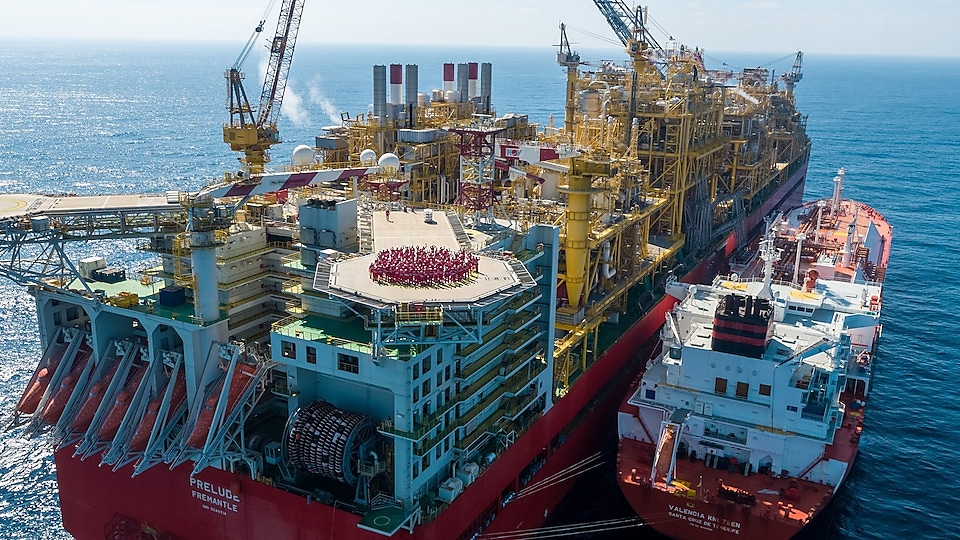The number of LNG carriers being used as floating storage globally has hit a record high as oil majors, commodity traders and other energy companies hold onto LNG cargoes and vessels ahead of peak winter season, according to shipping data and shipbrokers.
The accumulation of a large number of laden LNG carriers without a fixed destination is underpinned by several market fundamentals – the steep contango between November and January that could yield a profit, regions like Europe and North Asia entering early winter with strong inventories and the possibility of a surge in demand in the event of a spell of cold weather.
The Ukraine crisis has resulted in a tight LNG market, and along with some recent supply disruptions like the one at Freeport LNG in the US, LNG cargoes are likely to be heavily sought after in the coming weeks and months, both for energy security and to boost trading positions.
There were as many as 33 LNG carriers in floating storage in the week of Sept. 19, which eased towards the end of the month but rose again to around 31 LNG carriers at the start of October, according to data from S&P Global Commodity Insights.
This is higher than the last time LNG floating storage hit a record high, at almost 30 vessels in mid-2020, when a steep contango along the forward curve incentivized traders to float their ships and hold onto the cargoes ahead of early winter procurement.
In the winter of 2020-21 there were almost no LNG carriers in floating storage as demand had collapsed due to COVID-19 and maximum floating storage in the winter of 2021-22 was only in the mid-teens, S&P Global data showed.
The current contango, where prompt prices are lower than those further out on the curve prices, is steep.
In the first half of September, when Platts JKM — the northeast Asian LNG benchmark — was being assessed for October delivery, the market structure two months forward was still in a modest contango structure. But after the assessment moved into November delivery, the contango structure strengthened significantly, with the Nov-Jan contango as wide as $7/MMBtu, which strongly supported storage economics.
Vessel shortage
Energy companies and commodity traders have been accumulating LNG carriers for a storage play for several months. As early as mid-2022, market participants were indicating that 6-12 month charters for LNG carriers had become very popular, and by the third quarter spot LNG vessels were already hard to come by.
Strong demand for storage has also created a shortage of LNG vessels and contributed to the current surge in spot LNG freight rates, which have risen to around $300,000/day from under $50,000/day in a span of 45 days.
“Charterers still have a close eye on the contango into December and January, and hence interest on tonnage that can cover winter months remains strong, thereby elevating the forecast rates further,” shipping brokerage Fearnleys said in its latest weekly report.
The brokerage said that in the west shippers are focusing on demand for two-stroke LNG vessels, but that availability is almost non-existent, especially when market players are awaiting further updates on the outage at Freeport LNG and do not wish to reveal their market length.
“It is a very tight market. There are only some steam turbine LNG vessels available but they are not the ideal candidate for floating storage as such ships will have much more boil-off,” an LNG ship broker said. Boil-off refers to the LNG that is lost due to vaporization during storage.
The broker said there are no vessels available with ship owners and charterers have to rely on sublets, if any are available, andthe freight rate is really up to the company that is controlling shipping assets.
“In the past seven to 10 days, due to scarcity of two-stroke vessels in the market, even the steam turbine ships have been considered by traders who really want to float the cargo,” another broker said, adding that with the market in contango, traders no longer care about the cost.
Source: Hellenic Shipping News





